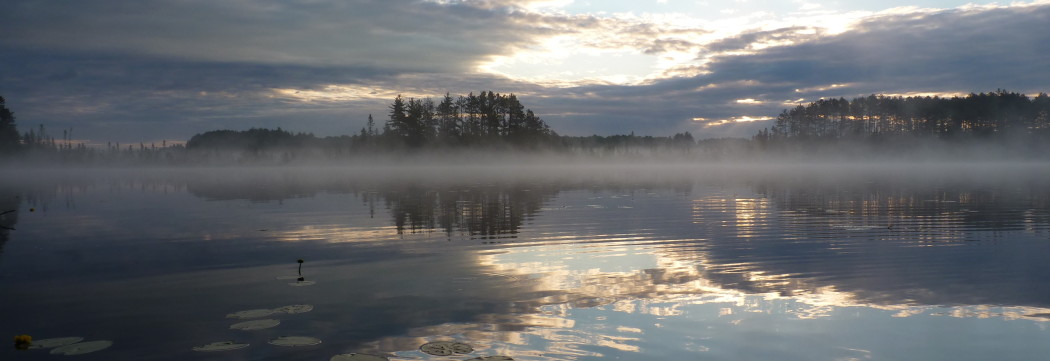The seekers have been busy this fall season with lodge rebuilding, long-distance hiking to forage for greens, and challenging themselves to move beyond their comfort zones.
A few months ago they began the process of lodge reconstruction by taking apart a wigwam that had been built by former seekers a few turn of the seasons ago. A wigwam is a round, domed hut made with a sapling frame, insulated with Marsh grass, and covered with Birch bark or skins. Wigwams were used as shelter by different Native American and First Nations tribes such as the Ojibwe, who are the traditional caretakers of this northern region. Wigwams are still used today, especially for ceremonial purposes.
The seekers were asked to deconstruct the wigwam down to the sapling frame so it could be transported to Mashkodens (Ojibwe for Little Prairie), a native encampment about a 1/2 mile from the School’s main campus. After deconstructing the wigwam, they needed to find a way to carry it out of camp and to the wilderness guides who would would be transporting it to its next home. The shortest and clearest path was across the lake. The seekers used their creativity, canoeing skills, and teamwork to transport the wigwam frame across the water safely and without too much trouble.
The seekers also reconstructed another wigwam, this time making it into a cone shaped lodge. Once they were finished, they began the process of moving their things from their tents into the remodeled lodge and another wigwam that had been built a few turn of the seasons ago.
Moving out of their individual tents meant they had to give up their privacy and also face their personal bias regarding who to share a lodge with. They decided to forgo their preferences and came up with a solution that would push them beyond their comfort levels. Since then, they have changed their sleeping arrangement a couple more times as a pattern breaking exercise and to increase the cohesiveness of the group.
Soon after they were settled into their new lodges, the seekers packed up supplies for a two sun trek into the wild in search of greens for the white season. They found an area rich in leeks, where they spent several suns digging up bulbs to store back at camp. Leeks are known scientifically as Allium porrum, and are related to garlic, onions, shallots, and scallions.
During their time at Leek Camp, they discovered new features in the landscape and were inspired to do more exploring before beginning their two-sun trek back to camp.

From left to right: Abel, Shining Dragon Fly, Caretaker, Dancing Bear, Berry Love, and Joyful Pond Lily
Stay tuned for more adventures!









